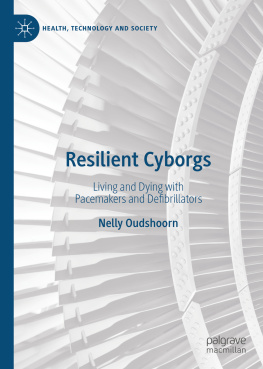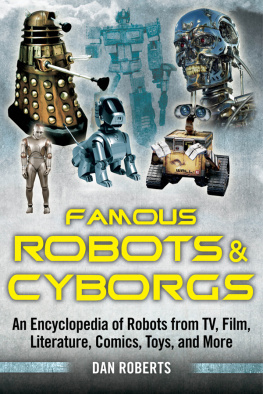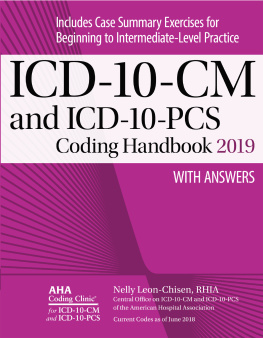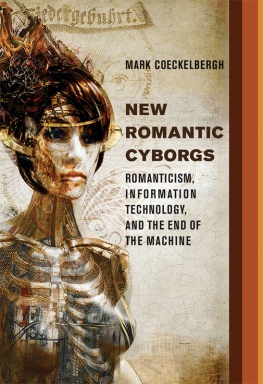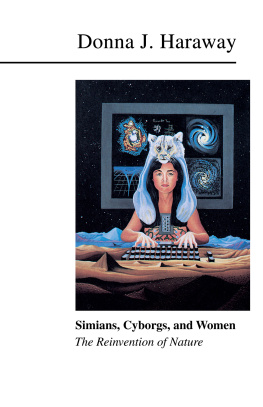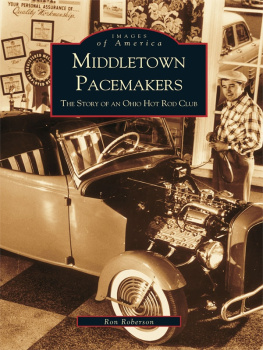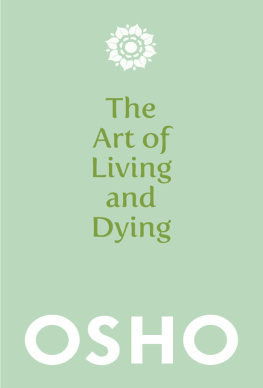Nelly Oudshoorn - Resilient Cyborgs: Living and Dying with Pacemakers and Defibrillators
Here you can read online Nelly Oudshoorn - Resilient Cyborgs: Living and Dying with Pacemakers and Defibrillators full text of the book (entire story) in english for free. Download pdf and epub, get meaning, cover and reviews about this ebook. year: 2020, publisher: Palgrave Macmillan, genre: Romance novel. Description of the work, (preface) as well as reviews are available. Best literature library LitArk.com created for fans of good reading and offers a wide selection of genres:
Romance novel
Science fiction
Adventure
Detective
Science
History
Home and family
Prose
Art
Politics
Computer
Non-fiction
Religion
Business
Children
Humor
Choose a favorite category and find really read worthwhile books. Enjoy immersion in the world of imagination, feel the emotions of the characters or learn something new for yourself, make an fascinating discovery.
- Book:Resilient Cyborgs: Living and Dying with Pacemakers and Defibrillators
- Author:
- Publisher:Palgrave Macmillan
- Genre:
- Year:2020
- Rating:5 / 5
- Favourites:Add to favourites
- Your mark:
- 100
- 1
- 2
- 3
- 4
- 5
Resilient Cyborgs: Living and Dying with Pacemakers and Defibrillators: summary, description and annotation
We offer to read an annotation, description, summary or preface (depends on what the author of the book "Resilient Cyborgs: Living and Dying with Pacemakers and Defibrillators" wrote himself). If you haven't found the necessary information about the book — write in the comments, we will try to find it.
Nelly Oudshoorn: author's other books
Who wrote Resilient Cyborgs: Living and Dying with Pacemakers and Defibrillators? Find out the surname, the name of the author of the book and a list of all author's works by series.
Resilient Cyborgs: Living and Dying with Pacemakers and Defibrillators — read online for free the complete book (whole text) full work
Below is the text of the book, divided by pages. System saving the place of the last page read, allows you to conveniently read the book "Resilient Cyborgs: Living and Dying with Pacemakers and Defibrillators" online for free, without having to search again every time where you left off. Put a bookmark, and you can go to the page where you finished reading at any time.
Font size:
Interval:
Bookmark:
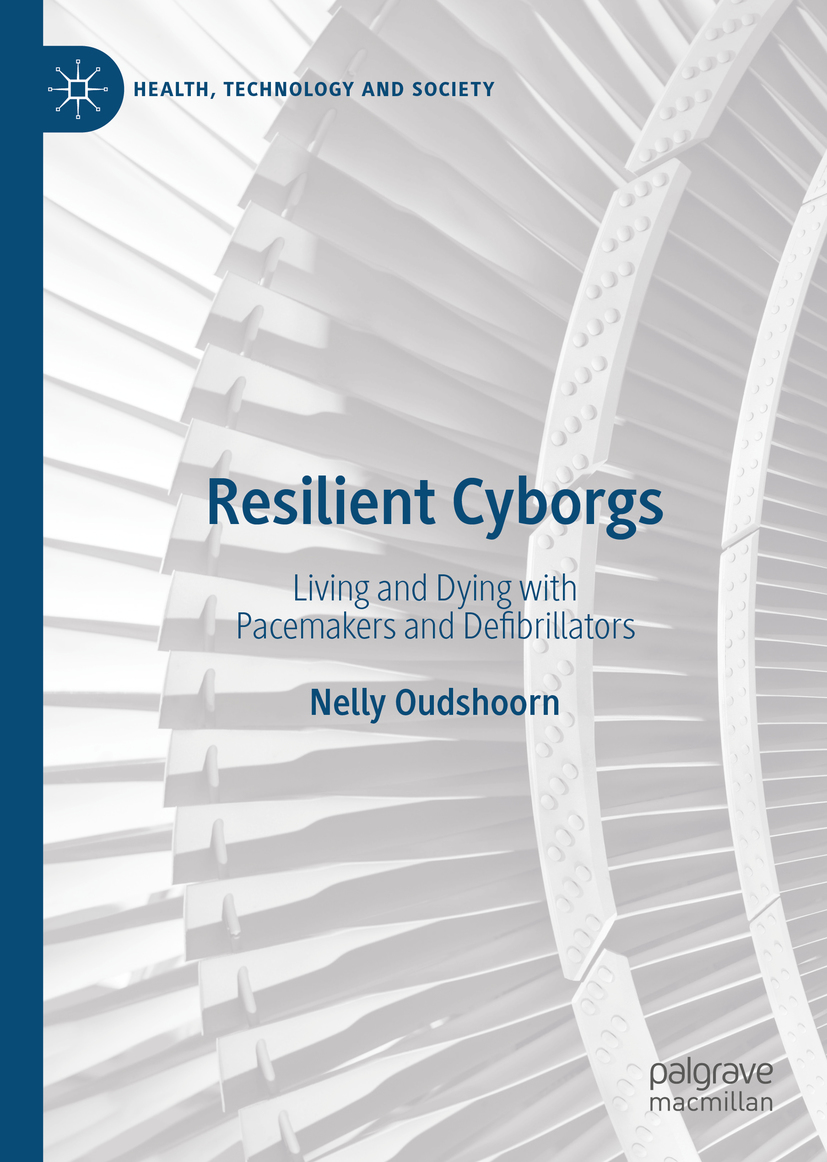
Medicine, health care, and the wider social meaning and management of health are undergoing major changes. In part this reflects developments in science and technology, which enable new forms of diagnosis, treatment and delivery of health care. It also reflects changes in the locus of care and the social management of health. Locating technical developments in wider socio-economic and political processes, each book in the series discusses and critiques recent developments in health technologies in specific areas, drawing on a range of analyses provided by the social sciences. Some have a more theoretical focus, some a more applied focus but all draw on recent research by the authors. The series also looks toward the medium term in anticipating the likely configurations of health in advanced industrial society and does so comparatively, through exploring the globalization and internationalization of health.
More information about this series at http://www.palgrave.com/gp/series/14875

Cover illustration: Monty Rakusen
This Palgrave Macmillan imprint is published by the registered company Springer Nature Singapore Pte Ltd.
The registered company address is: 152 Beach Road, #21-01/04 Gateway East, Singapore 189721, Singapore
For Rob and Bop
Medicine, health care, and the wider social meaning and management of health are undergoing major changes. In part, this reflects developments in science and technology, which enable new forms of diagnosis, treatment, and the delivery of health care. It also reflects changes in the locus of care and burden of responsibility for health. Today, genetics, informatics, imaging and integrative technologies, such as nanotechnology, are redefining our understanding of the body, health, and disease; at the same time, health is no longer simply the domain of conventional medicine, nor the clinic. The birth of the clinic heralded the process through which health and illness became increasingly subject to the surveillance of medicine. Although such surveillance is more complex, sophisticated, and precise as seen in the search for predictive medicine, it is also more provisional, uncertain, and risk laden.
At the same time, the social management of health itself is losing its anchorage in collective social relations and shared knowledge and practice, whether at the level of the local community or through state-funded socialized medicine. This individualization of health is both culturally driven and state sponsored, as the promotion of self-care demonstrates. The very technologies that redefine health are also the means through which this individualization can occurthrough e-health, diagnostic tests, and the commodification of restorative tissue, such as stem cells, cloned embryos, and so on.
This Series explores these processes within and beyond the conventional domain of the clinic and asks whether they amount to a qualitative shift in the social ordering and value of medicine and health. Locating technical developments in wider socio-economic and political processes, each book discusses and critiques recent developments within health technologies in specific areas, drawing on a range of analyses provided by the social sciences.
The Series has already published more than 20 volumes that have explored many of these issues, drawing on novel, critical, and deeply informed research undertaken by their authors. In doing so, the books have shown how the boundaries between the three core dimensions that underpin the whole Serieshealth, technology, and societyare changing in fundamental ways.
Other texts in the Series, notably Lynch and FarringtonsQuantified Lives and VitalData (2018), have explored personal medical devices both in (such as insulin pumps) and outside (such as biosensor wearables) of the body. Nelly Oudshoornsbook takes usliterallyinto the heart of the body , providing a careful and detailed analysis of what it is to live with a pacemaker or internal cardioverter defibrillator (ICD) . These technologies under the skin are often portrayed as simultaneously magical and mundane: magical because, once implanted, they save and transform lives and mundane because they have quickly become normal, invisible, and automatic. After the initial drama of a heart attack or related problem, the recipients of pacemakers and ICDs seemingly go on to enjoy active lives, undisturbed by this major material intervention. Oudshoorn describes these people as wired heart cyborgs in order to draw attention to the agency and active engagement required to keep the technologies working and the bodies alive. Drawing on recent feminist post-humanist literature, Oudshoorn convincingly deploys the cyborg, not simply as a metaphor but as a conceptual tool to account for the ways in which wired heart cyborgs sense and make sense of their materially transformed bodies. The second part of the book explores the resilience techniques and material resources that may be used by all wired heart cyborgs , independent of their background. In the third part, Oudshoorn draws on intersectionalapproaches to examine how gender and age matter in the experiences of wired heart cyborgs. The same device can affect the lives of younger and older women and men in a variety of ways, generating different kinds of anxieties and requiring a range of emotional and medical responses.
Font size:
Interval:
Bookmark:
Similar books «Resilient Cyborgs: Living and Dying with Pacemakers and Defibrillators»
Look at similar books to Resilient Cyborgs: Living and Dying with Pacemakers and Defibrillators. We have selected literature similar in name and meaning in the hope of providing readers with more options to find new, interesting, not yet read works.
Discussion, reviews of the book Resilient Cyborgs: Living and Dying with Pacemakers and Defibrillators and just readers' own opinions. Leave your comments, write what you think about the work, its meaning or the main characters. Specify what exactly you liked and what you didn't like, and why you think so.

